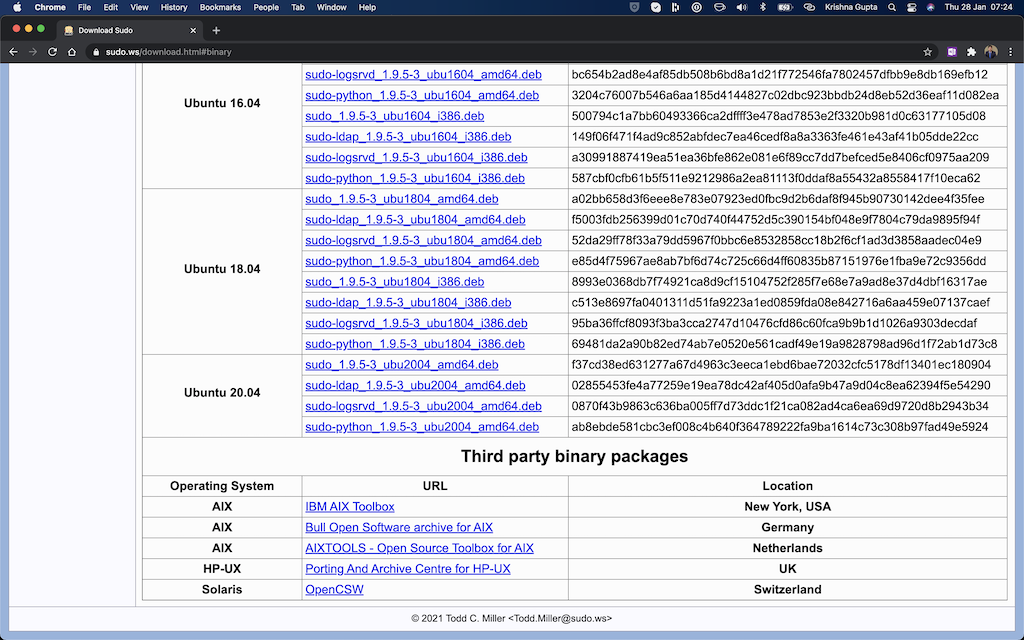

Sudo update upgrade#
To upgrade need to run the upgrade command.It won't upgrade the installed packages just update the package list with a new version.

The update command updates the package list with the latest available versions.Short answer those who want the exact point This was done so that you keep the old kernel versions around so that in case there is a problem with booting the new kernel, you can choose the old one from the boot menu and recover.

Rather than have a kernel package that gets updated, an entirely new kernel package is created each time, and the kernel metapackage is updated to depend on the new kernel package instead of the old. Kernel updates will always require dist-upgrade because of how they are handled. Sometimes various incompatibilities between packages will require some packages to be removed in order to upgrade others, and that will also require dist-upgrade.
Sudo update install#
In the case of kernel updates, upgrading the linux-generic package requires installing the new linux-3.0.0-13-generic package, and since upgrade refuses to install or remove packages, it refuses to upgrade linux-generic. It will not install or remove packages, even if doing so is required to upgrade others. In your particular case, I see, for example, that linux-headers is a virtual package that is provided by both linux-headers-3.0.0-12 and linux-headers-3.0.0-13 and that sounds like the kind of package installation and removal handled by dist-upgrade, but not by upgrade.īasically upgrade will only upgrade existing packages from one version to another. Installed packages if that is required in order to resolve a The general settings for individual packages.Īnd with the newer apt tool available from 14.04 onwards: full-upgradeįull-upgrade performs the function of upgrade but may also remove See also apt_preferences(5) for a mechanism for overriding The /etc/apt/sources.list fileĬontains a list of locations from which to retrieve desired packageįiles. So, dist-upgradeĬommand may remove some packages. It will attempt to upgrade the most important packages at theĮxpense of less important ones if necessary. Of packages apt-get has a "smart" conflict resolution system, and An update must be performed first so thatĪpt-get knows that new versions of packages are available.ĭist-upgrade in addition to performing the function of upgrade,Īlso intelligently handles changing dependencies with new versions New versions ofĬurrently installed packages that cannot be upgraded withoutĬhanging the install status of another package will be left at Not already installed retrieved and installed. Versions available are retrieved and upgraded under noĬircumstances are currently installed packages removed, or packages Upgrade is used to install the newest versions of all packagesĬurrently installed on the system from the sources enumerated in In other words, why can't this be performed by upgrade? Linux-headers-3.0.0-13 linux-headers-3.0.0-13-genericģ upgraded, 3 newly installed, 0 to remove and 0 not upgraded.Īfter this operation, 215 MB of additional disk space will be used. The following NEW packages will be installed: Versus apt-get dist-upgrade: sudo apt-get dist-upgrade Linux-generic linux-headers-generic linux-image-genericĠ upgraded, 0 newly installed, 0 to remove and 3 not upgraded. The following packages have been kept back: Here's an example after running apt-get upgrade: I was wondering why upgrade sometimes doesn't want to upgrade certain parts of the system, while dist-upgrade does.


 0 kommentar(er)
0 kommentar(er)
